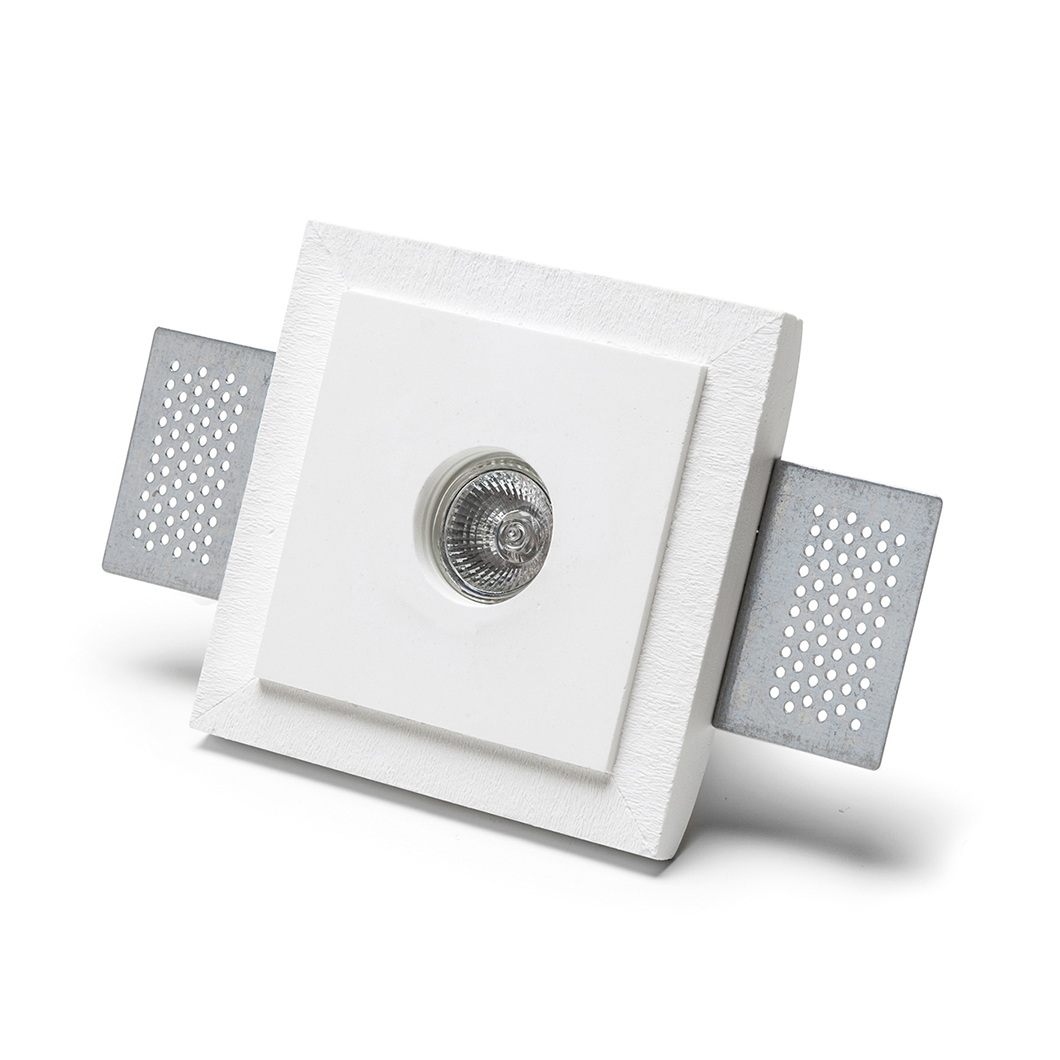

If you want your lights to blend with the ceiling, choose a color that is similar to the ceiling. For example, use white trims if the ceiling is white.For accent lighting, it is important to pay attention to the range of motion of the trim to be sure that it will work with the placement of your light. Select the type of trim needed based on function.Recommended Trims for Various Types of Lighting Specular trims are available from all of the major manufacturers for reflector and baffle trim types. Specular Finish – “Specular” is a term used to describe a reflective, mirror-like surface. It creates a finish which is very efficient at reflecting light while virtually eliminating ceiling brightness and glare. There are two finishes that work very well for maximizing light reflection while minimizing unwanted glare:Īlzak® Finish – Alzak is a proprietary anodizing process developed by Alcoa Aluminum. The term Photometric Efficiency is used to describe the loss/efficiency of a trim. Dark colored trims absorb light and can result in as much as a 44% loss in light output. Wall Wash Trims have an eyelid which eliminates the “scallop” design typically created when a light is aimed directly at a wall.ĭecorative Trims are available in many shapes and finishes and are usually constructed from a combination of metal and glass.Ī trim’s color can have a big impact on its output of the light. Lensed Trims have a plastic or glass lens that covers the lamp and are most often used in wet locations. The aperture fits snug around the lamp which is recessed above the surface.

Pinhole Trims provide a tight punch of light from a concealed source. Their range of motion is 35° tilt and 179° rotation. Slot Aperture Trims are ideal for concealing the light source in the ceiling. Surface Adjustable Trims (also known as “elbow” or “scoop” trims) offer a maximum range of motion at 70° tilt and 359° rotation.
Plaster ring recessed lighting full#
Their range of motion is the same as the eyeball but at full range the trim may cut off part of the beam of a wide angle lamp. Gimbal Trims are similar to eyeballs except they pivot within the housing so they protrude less from the ceiling. Their range of motion is typically 30° tilt and 359° rotation. They fit tight around the lamp which sits flush with the ceiling.Įyeball Trims allow you to control the direction of the light. Open Trims are low profile and economical. Reflector Trims are similar to baffle trims except they have a smooth surface inside. The lamp sits recessed inside the trim to minimize glare, and the inside surface is ribbed to trap and shape the light. I’ve also included recommendations for which type of trims to use for various types of recessed lighting.īaffle Trims are the most common trims used in residential homes. This post will cover the most common trim options that are available and the differences between them.


 0 kommentar(er)
0 kommentar(er)
